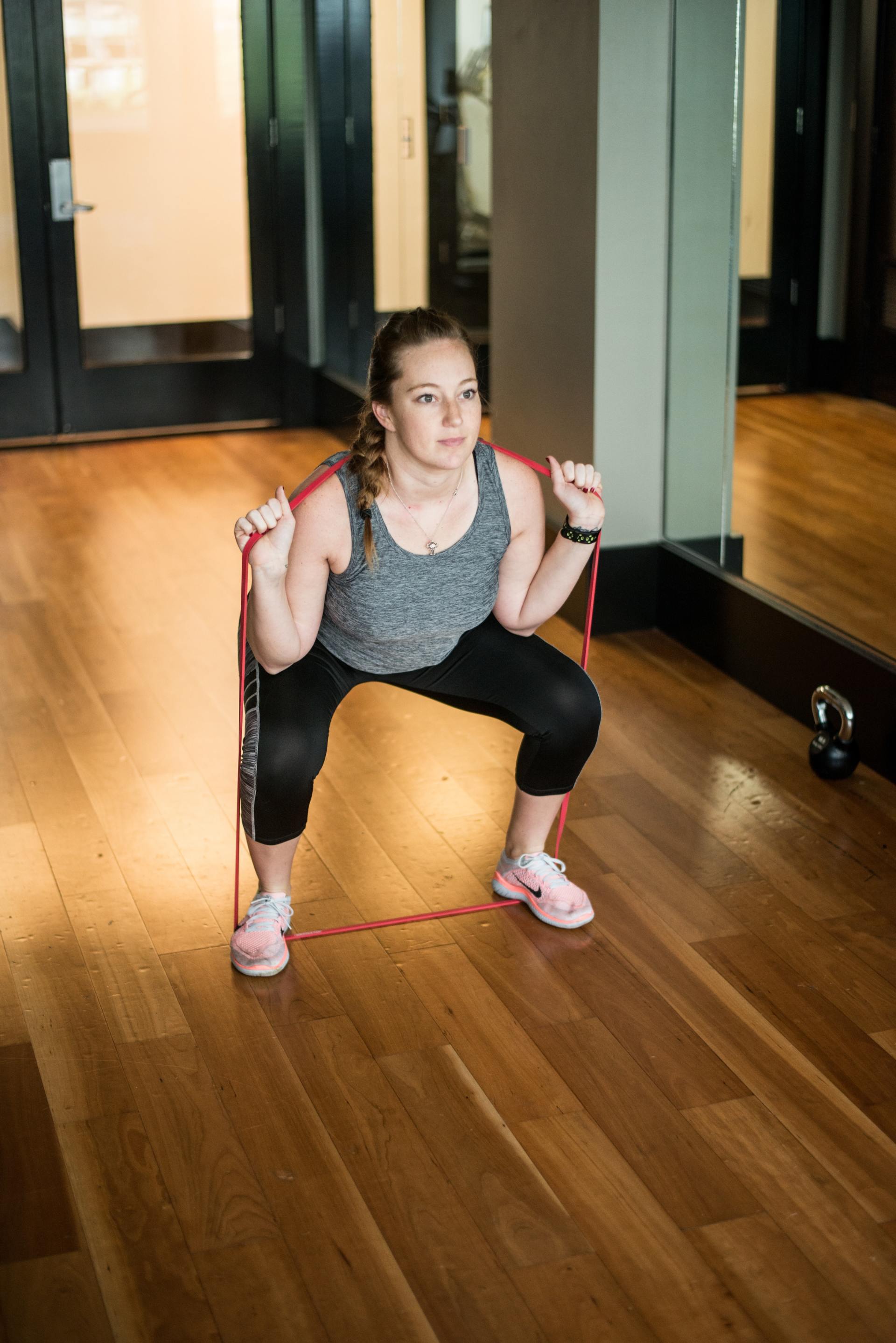“Teaching is not currently an attractive career path for many persons of color, to the detriment of students in our schools. If we want to provide the highest-quality education system in this country, we must work together to address the reasons why.”
- Tim Neubert, AAEE Executive Director

17 Mar, 2024
Author: Jatisha Marsh Human Resource Staffing Manager, DeKalb County School District, Georgia Our spoken language, religion, food, customs, and traditions are all part of culture. Social interaction, body language, standards of beauty, and relationships with others are also cultural components. The U.S. Census Bureau has indicated that a majority of U.S. children under the age of 5 are now considered minority based on their race or ethnicity. As the nation and school districts become more diverse, it is critical that teachers move toward cultural competency, a skill that is highly valued in teacher candidates. Cultural competency moves educators past treating students in a culturally blind manner or only signing compliance statements. Culturally competent teachers value both cultural differences and how these differences enrich the classroom environment, school, and community. These teachers understand the difference between equality and equity, and seek to learn about unique cultural histories so that they can incorporate their students’ cultural experiences into the learning process. Here are five steps you can take to become more culturally competent: Take a self-assessment. There are several assessments on the internet that can help you to determine your current level of cultural competency. For example, Georgetown University has a checklist for human services providers that promotes review of cultural values and practices. Learn more about yourself. Toni Collette said, “The better you know yourself, the better your relationship with the rest of the world.” Consider how you first became aware of your race, gender, sexual orientation, religion/spirituality, and socioeconomic status. Think critically about how these identities shape the lens through which you view others. Interact with people of cultures different from your own. If you are still in school, attend club and organization events for various ethnic and cultural groups on campus. Learn another language. Attend religious services of different faiths. Travel internationally. Participate in professional development. Attend classes that help you to unpack components of culture. Many colleges and school districts offer training courses. If you are currently student teaching, investigate opportunities to participate in Professional Learning Communities that are examining culture, diversity, and inclusion. Empower others. Speak up when you witness exclusionary practices. Advocate for events and policies that value, rather than devalue, cultures different from your own. Developing cultural competency is not a once-and-done activity. Expanding your cultural competency takes self examination, reflection, and continual evaluation of one’s thoughts, words, and actions. References NASP: The National Association of School Psychologists. (n.d.). Retrieved February 13, 2017, from http://www.nasponline.org/resources-and-publications/resources/diversity/cultural-competence/self-assessment-checklist Standards and Indicators for Cultural Competence in Social Work Practice [PDF]. (n.d.). National Association of Social Workers. Stith-Williams, V., & Berry, J. (n.d.). The Significance of Cultural Competence & Culturally Responsive Practices in Education [PPT].

16 Mar, 2024
Author: Dr. Jill Purdy Associate Professor, Director of Graduate Program, Cedar Crest College, Pennsylvania Embarking on a career as an educator has never been more challenging than it is today. Teachers must be prepared to meet the challenges of increasingly diverse classrooms- classrooms comprised of students of various ability levels, races, religions, and languages. Culturally responsive teachers infuse their instruction with examples, texts, and visuals that embrace the experiences of the learners they teach. Principals need teachers who are skilled in cultural responsivity who can develop successful learning environments for all students. Consider that each student comes to the classroom with prior knowledge based on his/her unique and experiences. While some students’ backgrounds and previous experiences may be different than those of the dominant culture, every student has something unique to offer. Establish your classroom as a safe space where students can share their stories and where contributions from all students are welcomed and celebrated. Learning each student’s name is a simple but powerful starting point for becoming a culturally responsive teacher. Learn each student’s name, pronounce it correctly, and greet each student by name at the classroom door each day. This simple act communicates clearly to students that they are valued and that they are a part of the classroom community. Our names are connected to our sense of identity. By greeting each student by name, the culturally responsive teacher begins to build a relationship based on respect. When designing the classroom, the teacher should be sure that the classroom is representative of many racial, ethnic, and cultural backgrounds. Bulletin boards, classroom displays, student work, and instructional materials should all communicate the value of diverse cultures. Culturally responsive teachers also use appropriate “wait time” during instruction. Wait time provides students with the time they need to think about the questions and formulate their responses. Providing response time is especially important for teachers who work with English Language Learners. The ultimate goal of culturally responsive teaching is to advocate for students and to teach students to advocate for themselves. Through a strong commitment to CRT, a teacher can impact his or her students greatly.

15 Mar, 2024
Author: Jatisha Marsh HCM Manager, DeKalb County School District, Georgia Classrooms and schools across the United States are becoming more diverse. Approximately 51% of all public elementary and secondary school students in the U.S. are nonwhite. However, teachers from racial and ethnic minorities accounted for about 20% of the teacher workforce. This gap in representation makes it imperative that schools hire teachers who are culturally competent, regardless of race or ethnicity. Possessing a high degree of cultural competency makes you a more marketable candidate. Cultural competency 2.0 moves beyond just appreciating differences in language, religion, food, and holidays. It moves teachers toward a better understanding of social interactions, communication preferences, body language, and standards of beauty. It leads to the abandonment of ethnocentric views and cultural stereotypes. Teachers begin to understand how culture influences students’ views on individualism versus collectivism, avoidance of uncertainty, deference to those in power, and even acceptance of change. No longer is it acceptable to treat students in a culturally blind manner, i.e., "I don't see color" or "I wouldn't care if the child were purple or green." Their cultural background impacts how students see the world and how others perceive them. The philosopher Rumi once said, "Yesterday I was clever, so I wanted to change the world. Today I am wise, so I am changing myself." Increasing cultural competency is an inside job. No one, regardless of their background, is immune to biases; uncovering personal biases is a critical step on the path to developing greater cultural competency. Harvard University's website hosts the nonprofit Project Implicit's tests for implicit associations about race, gender, sexual orientation, and other topics. These tests offer the opportunity for self-reflection. Another useful activity is developing a cultural autobiography. There are various examples on the internet; however, a common thread is writing about the development of your understanding of race, gender, academic ability, and religion from childhood to the present. Early experiences with various aspects of one's identity, which are often forgotten and sometimes buried, often subconsciously influence the present. To increase cultural competence, teachers must: Recognize - Become curious and then aware of cultural differences Respect - Diversity should be valued. Innovative solutions can be reached through having diverse thought partners at the table. Reconcile - Differences in backgrounds may lead to unavoidable conflict; however, there can be a mutually agreeable common path forward. Realize - After discovering that a specific conflict is due to cultural differences, craft alternatives that emphasize similarities. Developing cultural competency takes continuous work. Expanding your cultural competence takes self-examination, reflection, and continual evaluation of one's thoughts, words, and actions. Jacqueline Woodson said it well, "Diversity is about all of us, and about us having to figure out how to walk through this world together." References https://implicit.harvard.edu/implicit/aboutus.html https://learnhrm.partnerrc.com/ls2019/explore/interpersonal/tgf20/topic20-2-0/topic20-2-4 https://www.pewresearch.org/fact-tank/2018/08/27/americas-public-school-teachers-are-far- less-racially-and-ethnically-diverse-than-their-students/







